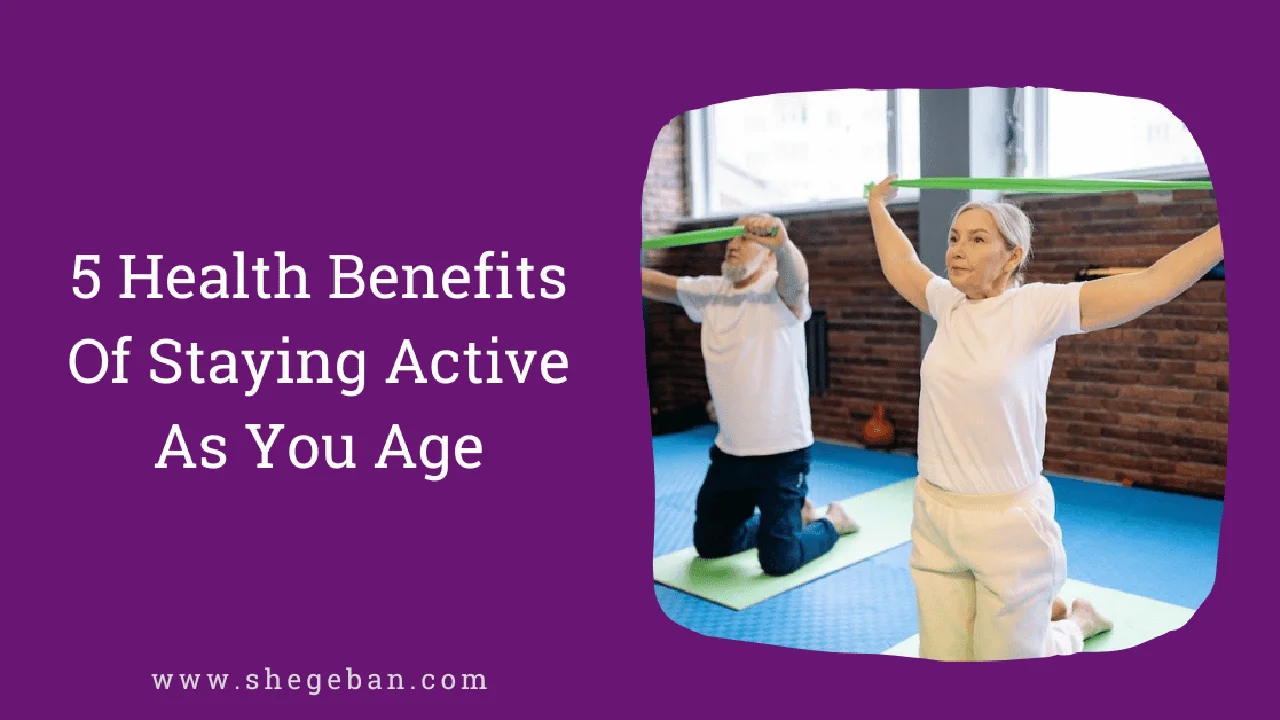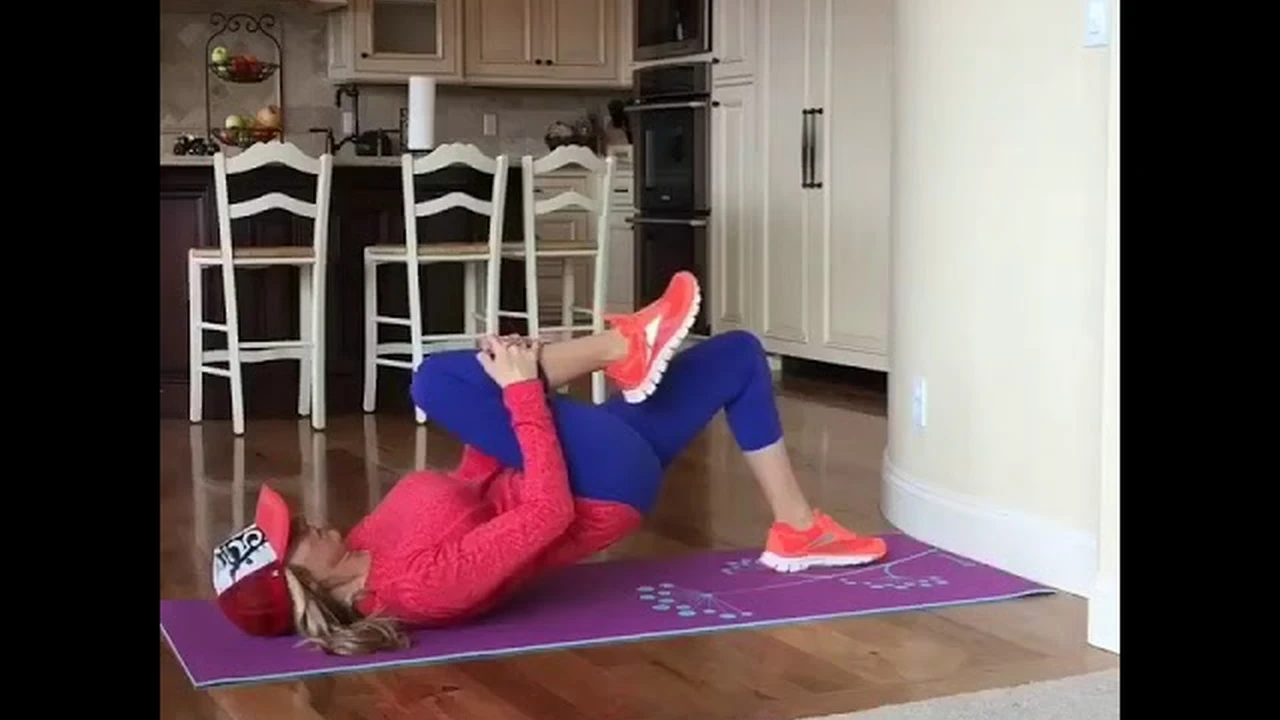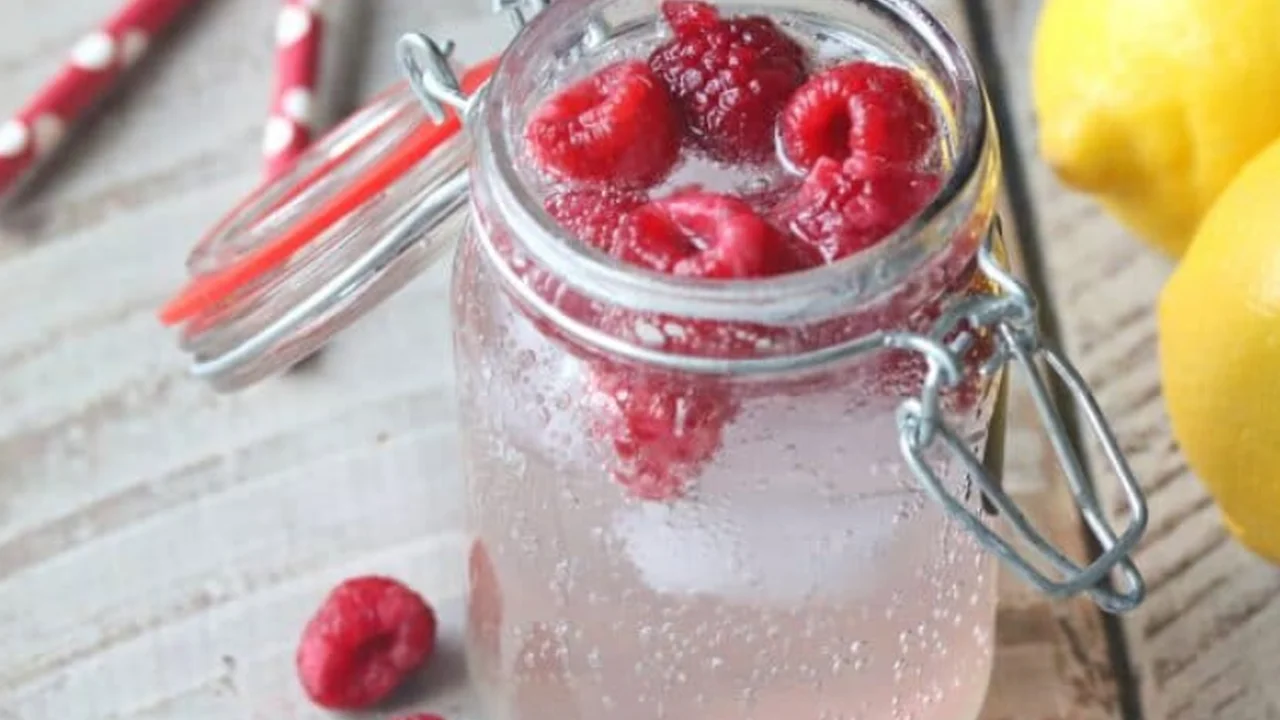The Benefits of Staying Active as You Age
Sample meta description.

Why Staying Active is Crucial for Healthy Aging Disease Prevention and Overall Wellbeing
Alright, let's talk about staying active as we get older. It's not just about hitting the gym and pumping iron (though that's awesome too!). It's about maintaining a level of physical activity that keeps you feeling good, functioning well, and enjoying life to the fullest. Think of it as an investment in your future self – a future self that's energetic, independent, and ready to tackle whatever comes its way. We're talking disease prevention, improved mood, better sleep, and just an overall zest for life. So, ditch the couch potato routine and let's get moving!
Combating Age-Related Diseases Through Regular Physical Activity Disease Prevention Strategies
One of the biggest benefits of staying active is its power to combat age-related diseases. We're talking about stuff like heart disease, type 2 diabetes, osteoporosis, and even some types of cancer. Regular exercise helps to control blood pressure, lower cholesterol levels, improve insulin sensitivity, and strengthen bones. It's like a shield against these common ailments that can really impact your quality of life. Think of it this way: your body is a machine, and like any machine, it needs regular maintenance to keep running smoothly. Exercise is that maintenance!
For example, studies have shown that regular walking can significantly reduce the risk of heart disease. Weight-bearing exercises, like walking, jogging, or even dancing, can help to increase bone density and prevent osteoporosis. And activities like swimming and cycling are great for improving cardiovascular health without putting too much stress on your joints. The key is to find activities that you enjoy and that you can stick with long-term.
Improving Cognitive Function and Mental Health with Exercise Disease Prevention for the Mind
It's not just your body that benefits from staying active; your brain loves it too! Exercise has been shown to improve cognitive function, boost memory, and even protect against age-related cognitive decline. It increases blood flow to the brain, which helps to nourish brain cells and promote new connections. Plus, exercise releases endorphins, which have mood-boosting effects. So, not only will you be sharper mentally, but you'll also feel happier and more relaxed.
Think of exercise as a natural antidepressant and cognitive enhancer all rolled into one. Studies have shown that regular physical activity can reduce the risk of Alzheimer's disease and other forms of dementia. It can also help to alleviate symptoms of anxiety and depression. So, if you're feeling stressed or down, try going for a walk or doing some yoga. You might be surprised at how much better you feel.
Enhancing Mobility and Balance Through Targeted Exercises Disease Prevention for Falls
As we age, maintaining mobility and balance becomes increasingly important. Falls are a major cause of injury and disability in older adults. But the good news is that regular exercise can help to improve your balance, coordination, and strength, reducing your risk of falling. Activities like Tai Chi, yoga, and even simple balance exercises can make a big difference. The stronger your muscles and the better your balance, the more confident you'll feel moving around, and the less likely you are to take a tumble.
Consider incorporating exercises that specifically target balance, such as standing on one leg or walking heel-to-toe. Strength training exercises, like squats and lunges, can help to build leg muscles and improve stability. And flexibility exercises, like stretching, can help to increase your range of motion and prevent stiffness. Talk to your doctor or a physical therapist for recommendations on exercises that are appropriate for your individual needs and abilities.
Product Recommendations for Staying Active and Healthy Disease Prevention Gear and Equipment
Okay, so you're convinced that staying active is important. Great! Now, let's talk about some products that can help you get started and stay motivated. Remember to always consult with your doctor before starting any new exercise program.
Fitness Trackers: Monitoring Your Progress and Staying Motivated
Fitness trackers are a fantastic way to monitor your activity levels and track your progress. They can track steps, distance, calories burned, heart rate, and even sleep patterns. Seeing your data can be incredibly motivating and help you stay on track with your fitness goals.
Product Comparison: Fitbit vs. Apple Watch vs. Garmin
- Fitbit: Known for its user-friendly interface and focus on fitness tracking. The Fitbit Inspire 3 ($99.95) is a great entry-level option, while the Fitbit Charge 5 ($149.95) offers more advanced features like built-in GPS and an ECG app. Ideal for those primarily focused on fitness tracking and ease of use.
- Apple Watch: A more versatile smartwatch with fitness tracking capabilities. The Apple Watch SE (2nd Gen) ($249) is a good starting point, while the Apple Watch Series 9 ($399) offers the latest features like a brighter display and advanced health monitoring. Best for those who want a smartwatch with comprehensive fitness tracking and integration with the Apple ecosystem.
- Garmin: Known for its rugged design and advanced features for serious athletes. The Garmin Venu Sq 2 ($249.99) is a good all-around option, while the Garmin Forerunner 255 ($349.99) is designed for runners with features like GPS and training metrics. Perfect for those who are serious about their fitness and want detailed performance data.
Usage Scenario: Wear your fitness tracker all day, every day to track your steps, activity levels, and sleep patterns. Use the accompanying app to set goals, monitor your progress, and participate in challenges with friends.
Resistance Bands: Versatile and Portable Strength Training
Resistance bands are a simple and affordable way to add strength training to your routine. They're lightweight, portable, and can be used to work out virtually any muscle group. They're also a great option for those who are new to strength training or who have limited mobility.
Product Comparison: Different Types of Resistance Bands
- Loop Bands: Small, continuous loop bands that are great for lower body exercises like squats and glute bridges. A set of loop bands with varying resistance levels typically costs around $10-20.
- Tube Bands with Handles: Longer bands with handles that allow for a wider range of exercises, including upper body exercises like bicep curls and rows. A set of tube bands with handles typically costs around $20-30.
- Therapy Bands: Flat, wide bands that are often used in physical therapy for rehabilitation exercises. They offer a gentler level of resistance and are ideal for those with limited mobility. A single therapy band typically costs around $5-10.
Usage Scenario: Use resistance bands to perform exercises at home, in the gym, or even while traveling. Start with a low resistance level and gradually increase the resistance as you get stronger.
Walking Shoes: Comfort and Support for Your Daily Strolls
A good pair of walking shoes is essential for anyone who wants to stay active. Look for shoes that provide good cushioning, support, and stability. Your feet will thank you!
Product Comparison: Popular Walking Shoe Brands
- Brooks: Known for their comfortable and supportive walking shoes. The Brooks Addiction Walker 2 ($130) is a popular choice for those who need extra support, while the Brooks Glycerin GTS 20 ($160) offers maximum cushioning.
- Hoka: Known for their oversized midsoles that provide exceptional cushioning. The Hoka Bondi 8 ($165) is a popular choice for those who want maximum comfort, while the Hoka Clifton 9 ($145) is a lighter and more responsive option.
- New Balance: Known for their wide range of sizes and widths, making it easy to find a shoe that fits perfectly. The New Balance 990v5 ($185) is a classic walking shoe with excellent support and durability, while the New Balance Fresh Foam X 880v13 ($139.99) offers a smoother and more cushioned ride.
Usage Scenario: Wear your walking shoes for your daily walks, errands, or any other activity where you'll be on your feet for an extended period of time. Make sure to break them in gradually to avoid blisters.
Yoga Mat: Creating a Comfortable and Supportive Practice Space
If you're interested in yoga or stretching, a good yoga mat is a must-have. Look for a mat that is thick enough to provide cushioning but not so thick that it's difficult to balance on. A non-slip surface is also important to prevent injuries.
Product Comparison: Different Types of Yoga Mats
- PVC Yoga Mats: The most affordable type of yoga mat, made from polyvinyl chloride. They are durable and easy to clean but can be slippery and not very eco-friendly. A basic PVC yoga mat typically costs around $20-30.
- TPE Yoga Mats: Made from thermoplastic elastomer, a more eco-friendly alternative to PVC. They are more slip-resistant and offer better cushioning. A TPE yoga mat typically costs around $30-50.
- Natural Rubber Yoga Mats: Made from natural rubber, these mats are the most eco-friendly option. They offer excellent grip and cushioning but can be more expensive and may have a slight rubbery smell. A natural rubber yoga mat typically costs around $50-100.
Usage Scenario: Use your yoga mat for your daily yoga practice, stretching, or other floor exercises. Clean it regularly with a mild soap and water to prevent the buildup of bacteria.
Finding Activities You Enjoy and Staying Motivated Disease Prevention Through Fun!
The most important thing is to find activities that you enjoy and that you can stick with long-term. Don't force yourself to do something you hate, or you'll quickly lose motivation. Experiment with different activities until you find something that you look forward to doing. Maybe it's dancing, swimming, hiking, gardening, or even just walking your dog. The possibilities are endless! And remember, it's okay to start small and gradually increase the intensity and duration of your workouts. The key is to be consistent and make exercise a part of your daily routine. So get out there and start moving! Your future self will thank you for it.
:max_bytes(150000):strip_icc()/277019-baked-pork-chops-with-cream-of-mushroom-soup-DDMFS-beauty-4x3-BG-7505-5762b731cf30447d9cbbbbbf387beafa.jpg)






